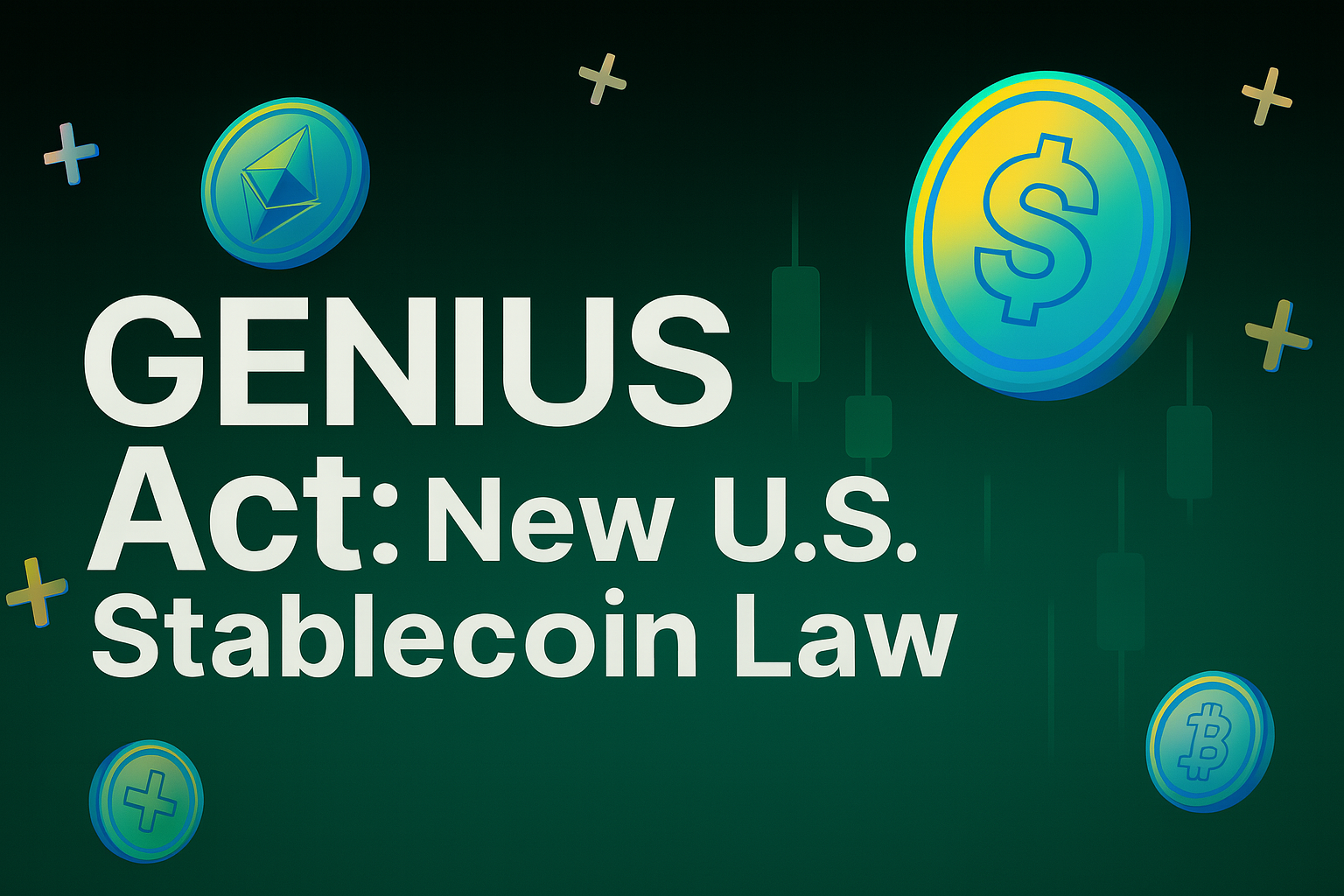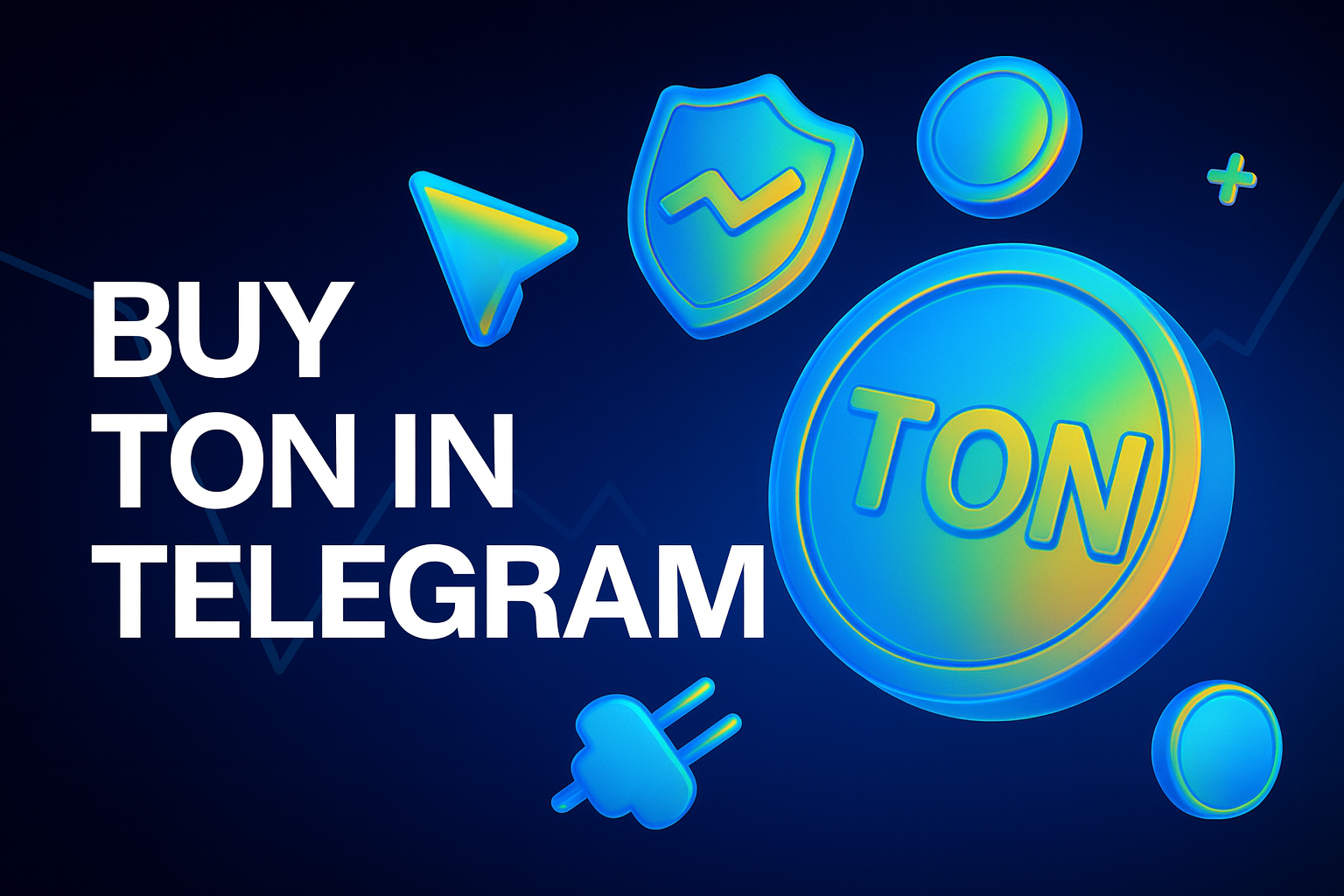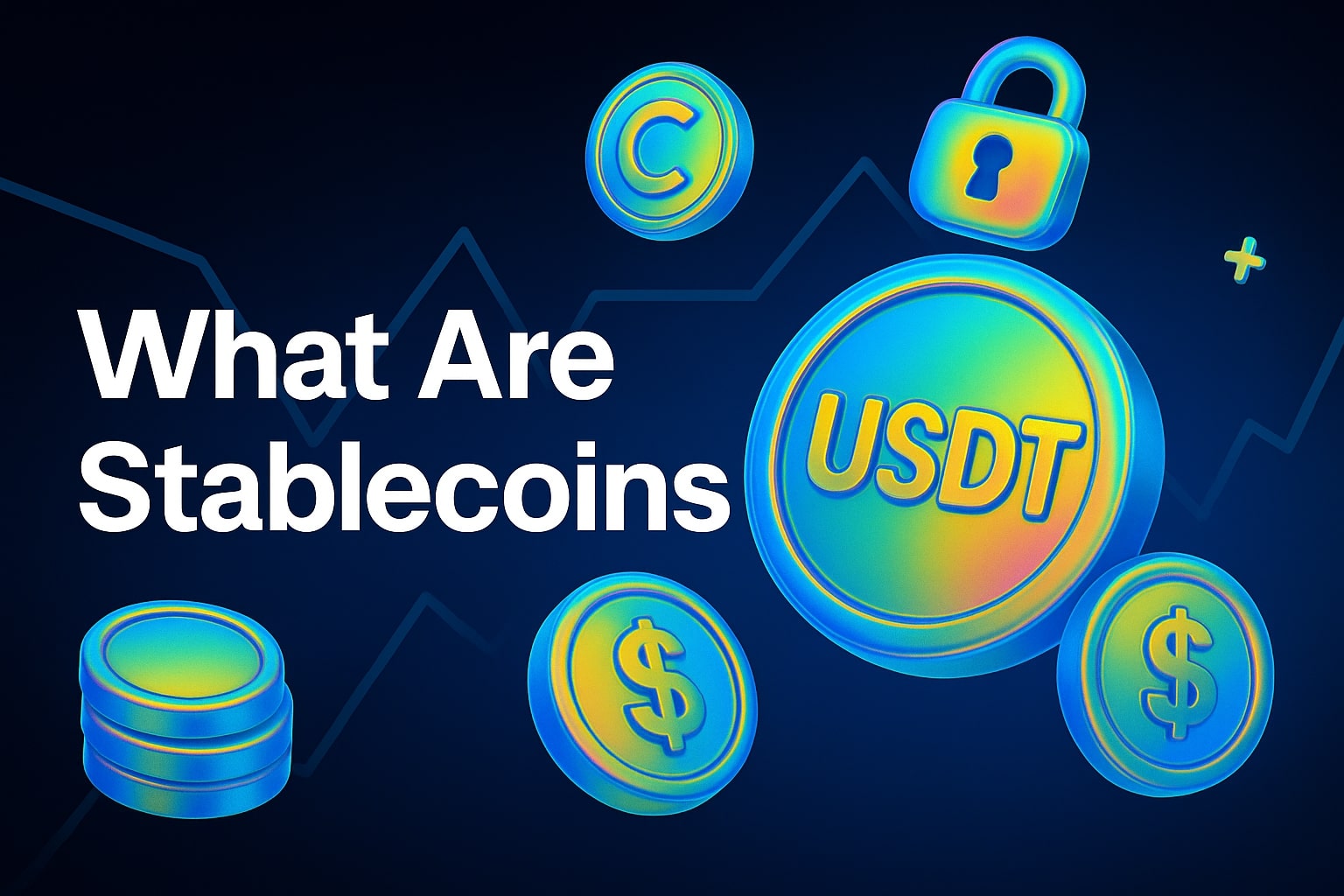1. Dollar-backed, for real
The biggest shift? Every stablecoin must now be backed 1:1 by real reserves — either cash or short-term U.S. Treasuries. No vague "equivalents", no questionable collateral. Issuers will need to publish monthly reports and undergo independent audits. It’s all about trust and transparency.
2. Not everyone can issue anymore
Only licensed financial institutions can now legally issue payment stablecoins. That includes banks, credit unions, and registered money transmitters. For smaller crypto startups, this might feel like a lockout — but for investors and regulators, it brings credibility.
3. Meet the PPSIs
A new category of players is introduced: Permitted Payment Stablecoin Issuers (PPSIs). These are the entities allowed to issue compliant stablecoins. They’ll face strict oversight but gain legal access to U.S. financial infrastructure — including stock listings and partnerships with traditional banks.
4. Shared oversight, less confusion
Supervision will now be split between federal and state regulators. Ideally, this leads to more unified rules nationwide — no more 50 sets of requirements depending on the state.
5. Why it matters
- Stablecoins move into the legal spotlight and out of regulatory gray zones
- The U.S. is stepping up in the global race for crypto standards
- We’ll likely see a wave of new crypto-fintech hybrids built with compliance in mind
- Institutional players finally have a clearer path forward
The GENIUS Act isn’t just a policy move — it’s a signal. The U.S. is ready to work with crypto, but it’s setting the terms. This brings both opportunity and pressure. The industry now has a roadmap — those who adapt quickly will thrive. The rest may struggle to keep up.




